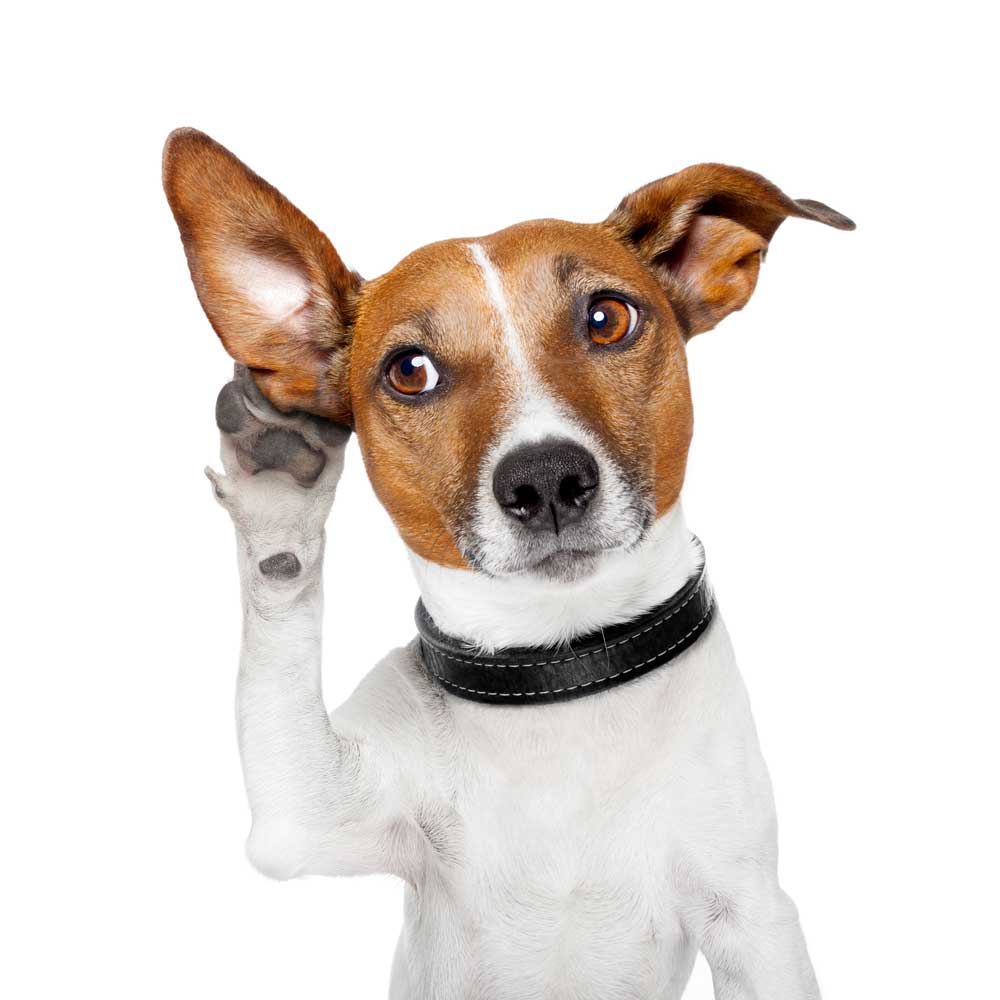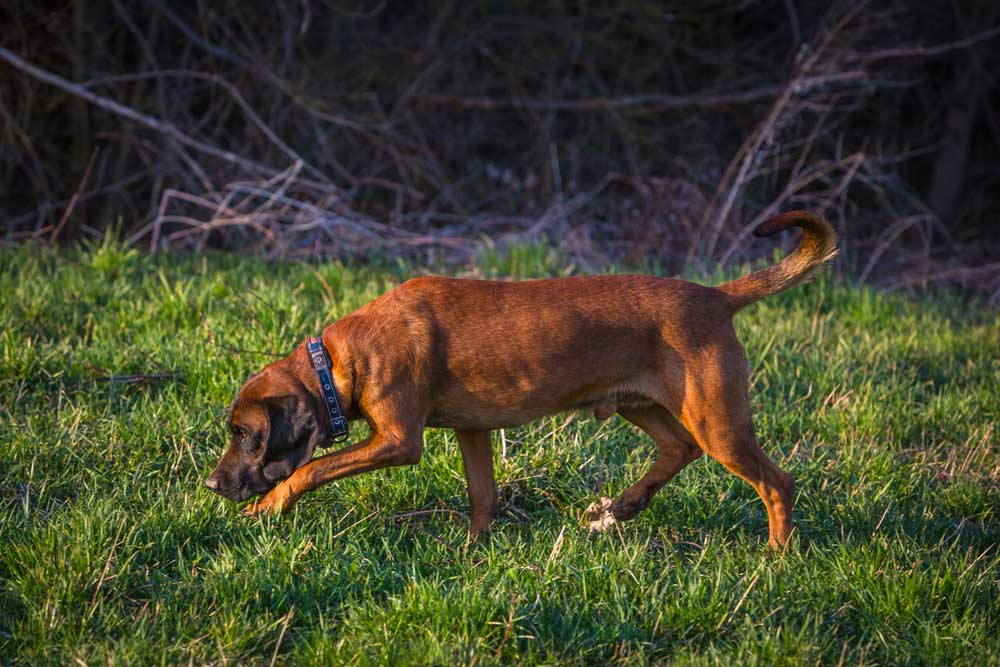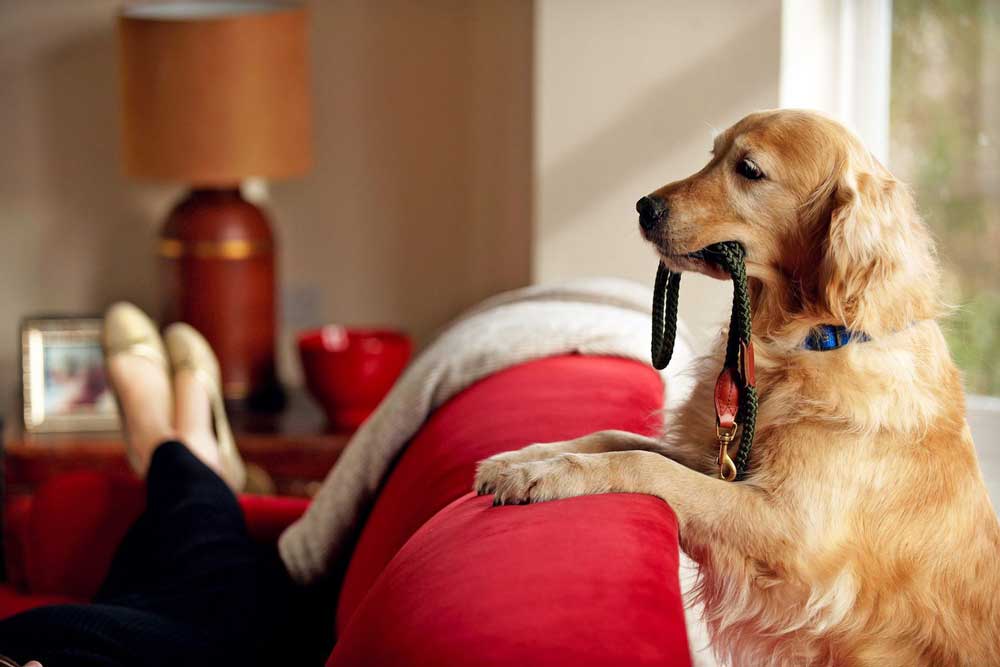In the evolutionary journey of the existence of humans and dogs on this planet, both led separate lives for a long time. So how did their paths cross, and how did dog become man’s best and most faithful friend?
Today, dogs protect our homes and families, work in the police force, help herd livestock, sniff out bombs, find trapped survivors after natural calamities, and even pick on early warning signs of human diseases such as cancer, diabetes, seizure or shocks.
But how much do we really know about dogs? You’re going to see them in a whole new light after reading this…

Captain No-Privacy
Have you wondered why dogs invade your privacy and insist on nosing their way in to the bathroom with you? Apparently, wild dogs and wolves used to stay on guard when one had to go the bathroom, so nobody attacked them while doing their business! So the next time your dog insists on keeping you company, let them!

Snout-Print
You may have observed the pattern on your dog’s nose while giving them ‘boops’ several times a day. Each dog’s snout has a unique pattern, much like our thumbprint. In countries like Finland, they even use these nose prints to identify dogs instead of microchips.

Day And Night Dreamers
Based on brainwave patterns, scientific data indicates that dogs dream in the same ways as humans. When a dog is sleeping, its body language and facial expressions can be used to determine whether or not it is dreaming. There has been speculation that their dreams primarily involve playing or bonding with their owners. In case you’re wondering if they have nightmares too, they do!

PhD In Words
Scientific evidence indicates that dogs can comprehend and recognise up to 250 words and gestures. It is reported that some have even to be able to identify and react to over a 1,000 distinct words with training!

Beat(le) it
Paul McCartney revealed in an interview that he added a frequency towards the end of the Beatles song ‘A Day in the Life’ that only dogs could hear. The next time you play the song around your dog, keep an eye on them!

Sniff Of Evidence
A bloodhound’s sense of smell is so accurate that it can be used as evidence in court. Bloodhounds can also travel more than 130 miles on a trail and follow footprints that are over 300 hours old!

Sense Of Time
They may not have a body clock, but dogs have an internal mechanism called circadian rhythm that helps them tell the time. This system helps them realise when their owners are expected home or when they are scheduled to receive their meal.
Image source: istock, Daily paws